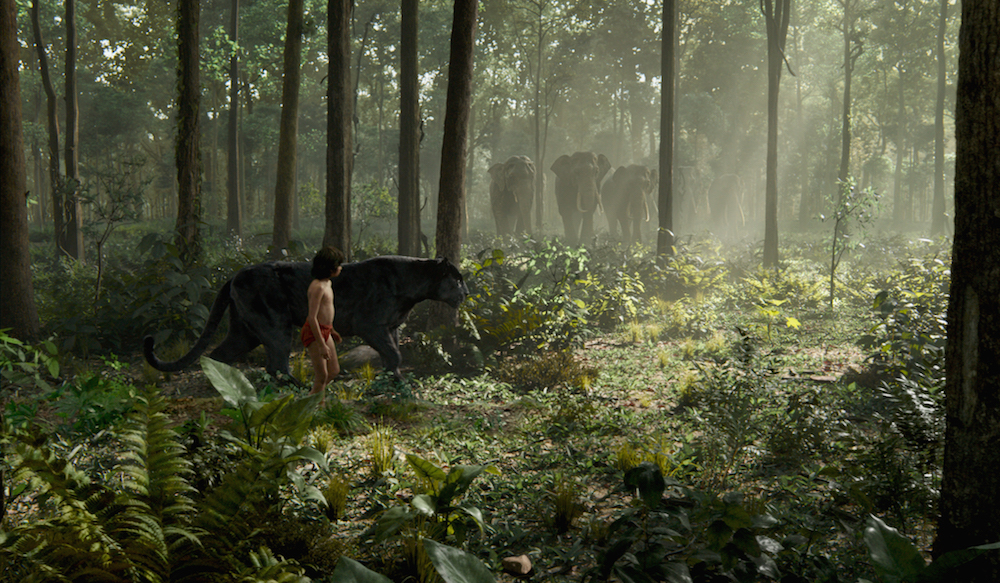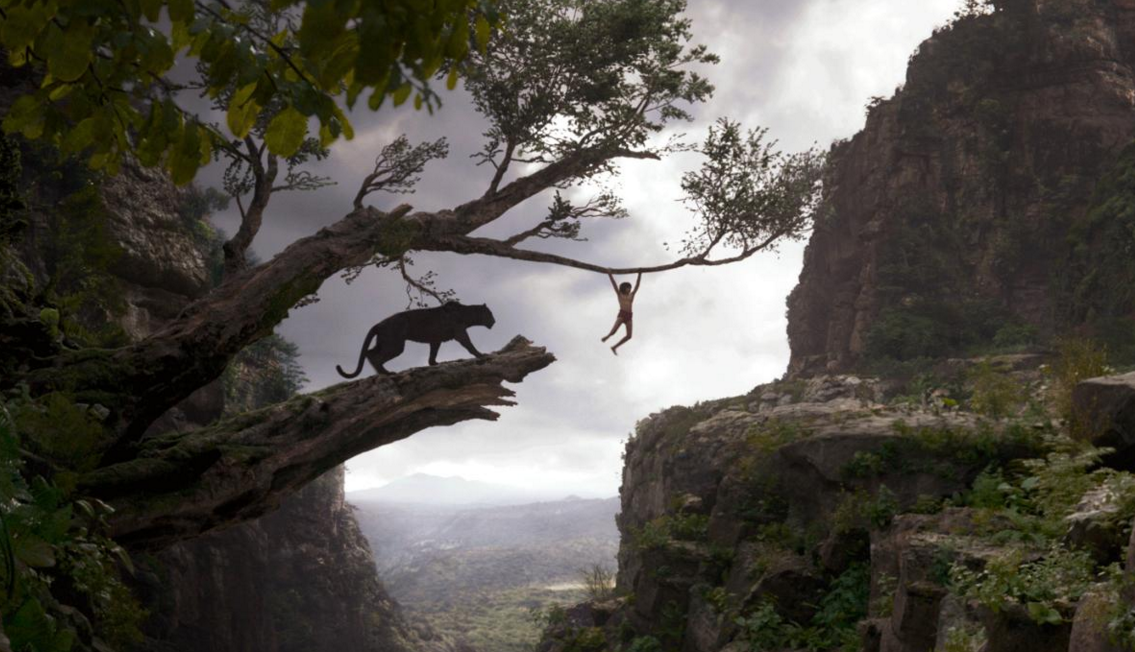Wild Tales.
Hindsight constantly re-evaluates computer imagery Technical prowess that resembled photorealism to an audience ten years ago will appear naff and comical to that same audience in a contemporary cinema. It’s a relatively young art form. Despite having been used in films as early as The Abyss and Terminator 2: Judgement Day, CGI only began to engender widespread interest after Steven Spielberg’s Jurassic Park was released to enormous success in 1993. Jurassic Park was twenty-three years ago. To put that into context, twenty-three years after the invention of the motion picture camera in the 1890, the industry was well into the silent era but not even close to the invention of sound, or colour. D.W. Griffiths’ The Birth of a Nation hadn’t been released, nor had Murnau’s Nosferatu. Progress can be a slow process.
But the art of computer imagery in film is developing. Fire, an element that eluded visual effects artists for many years, has been grasped, as has water, while animals, fur and the eyes remain elusive. Iorek Byrnison from The Golden Compass and Aslan from the Narnia series are examples of computer generated animals in films in which technical capacity wasn’t up to the level of creative ambition. In this regard, Jon Favreau’s The Jungle Book is an impressive step forward. The technical wizardry is astonishing. It’s a film comprising almost entirely computer generated elements. There is the sense however, that the film supports that technical wizardry, rather than the other way around. It’s a dangerous line to tread in filmmaking on this scale.
Favreau is a very competent albeit uninspired filmmaker. Sometimes competence is enough. There’s enough in The Jungle Book to sustain interest but not enough to justify a film so heavily modelled on the 1967 Disney original. Both movies are animated, despite Favreau’s superficially giving off the impression of being a live-action film. The protagonist, Mowgli (Neel Sethi), appears to be the only real element of the film. It’s a remarkable visual accomplishment and a competent filmmaking one.
In terms of narrative and in terms of aesthetic, the remake doesn’t veer too far from the original. Characters look and sound the same and the plot is the same. Even the songs from the original are re-appropriated for the music. It’s emulation to the point of being somewhat redundant. Baloo (Bill Murray) reprises ‘The Bare Necessities without the joy of the Disney original. Where’s the motivation in remaking a film so closely? If you want to watch The Jungle Book, why not just watch The Jungle Book?
Found as an infant by the panther, Bagheera (Ben Kingsley), Mowgli is a young boy who has been raised by a wolf pack in the jungle. He never fits in, despite his best efforts; a result of man’s natural discomfort with the wild. When the nefarious man-eating tiger, Shere Khan (Idris Elba), arrives in the wolf neighbourhood, Mowgli is excommunicated from his pack. Shed of the security of the wolves that raised him, Mowgli is forced to come to terms with the his natural alienation from the habitat in which he was reared.
The original animation is somewhat of a peculiar beast within the Disney canon. Produced following the initial, enormous success of the company and predating the resurge in popularity that was kickstarted by The Little Mermaid in 1989, The Jungle Book had an energy to it that reflected the era in which it was made. It’s that same murky generation of Disney that begat The Sword In The Stone and Robin Hood. Favreau’s The Jungle Book reflects the Disney of today. There are things going on in Favreau’s film that would have astonished viewers back in 1967. There are things going on in the 1967 animation that might have been lost somewhere in the past five decades.
8/10
For more Reviews, click here. If you’re digging ReelGood, sign up to our mailing list for exclusive content, early reviews and chances to win big!

